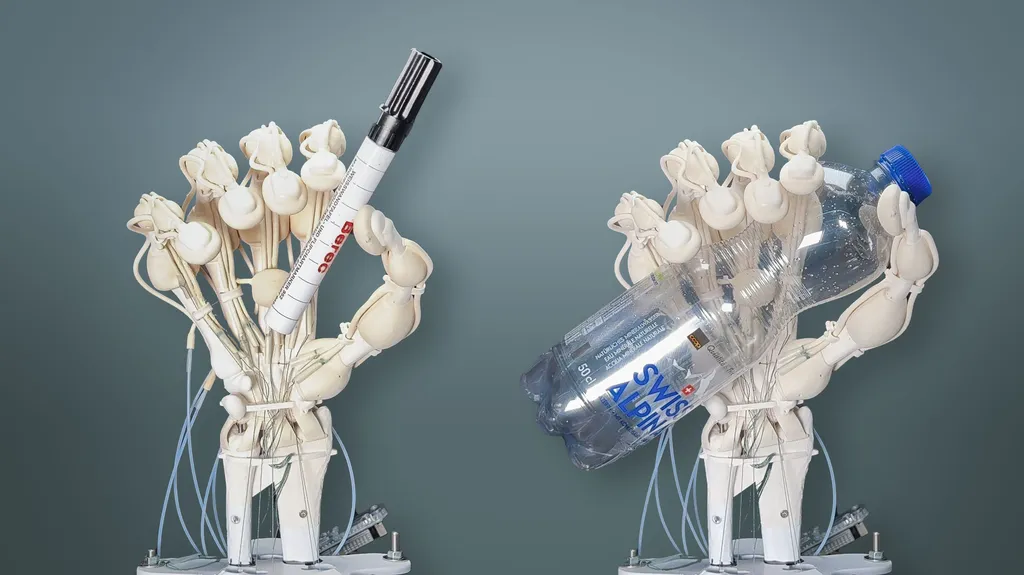Researchers at ETH Zurich, led by Filippo A. Spinelli and Marco Hutter, have developed a groundbreaking framework for automating large-scale material handling tasks. This work, published in a recent study, addresses the critical need for efficiency and precision in industries such as cargo ship unloading, waste sorting, construction, and demolition. The team’s comprehensive system integrates advanced modules for environment perception, pile attack point selection, path planning, and motion control, setting a new standard for autonomous material handling.
The researchers’ framework is particularly innovative due to its use of reinforcement learning. Two key modules stand out: an attack point planner and a robust trajectory following controller. The attack point planner is designed to identify optimal grasping locations on material piles, maximizing removal efficiency and minimizing the number of scoops required. This is a significant advancement in optimizing the material handling process. The trajectory following controller ensures precise and safe movement of underactuated grippers, which are commonly used in large hydraulic material handlers. By leveraging the free-swinging nature of these grippers, the controller also enables dynamic throwing of materials, further enhancing operational efficiency.
The practical applications of this research are vast. In the maritime sector, for instance, automated material handling can revolutionize cargo operations. Ports and shipping companies often deal with large volumes of bulk materials, and the ability to unload ships quickly and efficiently can significantly reduce turnaround times and operational costs. The system’s precision and repeatability can also enhance safety, reducing the risk of accidents in labor-intensive environments.
The researchers validated their framework through real-world experiments using a 40-ton material handler in a representative worksite. They focused on two key tasks: high-throughput bulk pile management and high-precision truck loading. Comparative evaluations against human operators demonstrated the system’s effectiveness in terms of precision, repeatability, and operational safety. This real-world testing underscores the practical viability of the framework, making it a promising solution for industries seeking to automate and optimize their material handling processes.
The implications of this research extend beyond immediate operational improvements. By reducing the reliance on manual labor, the framework can address labor shortages and improve working conditions. Additionally, the increased efficiency and precision can contribute to sustainability goals by minimizing waste and reducing the environmental impact of material handling operations. As industries continue to seek ways to enhance productivity and safety, the work of Spinelli, Hutter, and their team at ETH Zurich offers a compelling path forward. Their comprehensive approach to automating material handling tasks sets a new benchmark for innovation in this critical field. Read the original research paper here.

